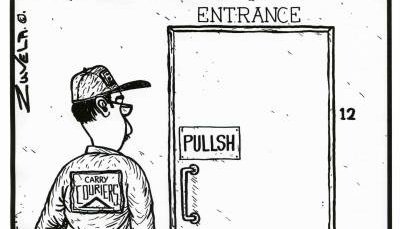One of the most important things I learned from photography back then was probably the art of observation. I stopped looking down at the ground. There were tons of things that I have never noticed before!
Observing little details around me should have become a habit, but sometimes forgotten. Reading Jan Chipchase’s Hidden in Plain Sight (Chapter 5, Calibrating your Cultural Compass) reminds me to pay even more attention to my surroundings. Chipchase also mentioned some interesting methods (commuting, social hub, Platzgeist, etc.) to understand the culture of various environments just by looking at everyday objects or events.
Another important lesson I could learn from Chipchase is to balance out formal and informal user research. Walking outside might just be as important as surveys and interviews. A lot of things are in plain sight after all.
Questions:
1. How do we filter and choose which data to use when informal and formal data are conflicting?
2. Should Designers and User Researchers be two separate positions? How much do these two overlap?

